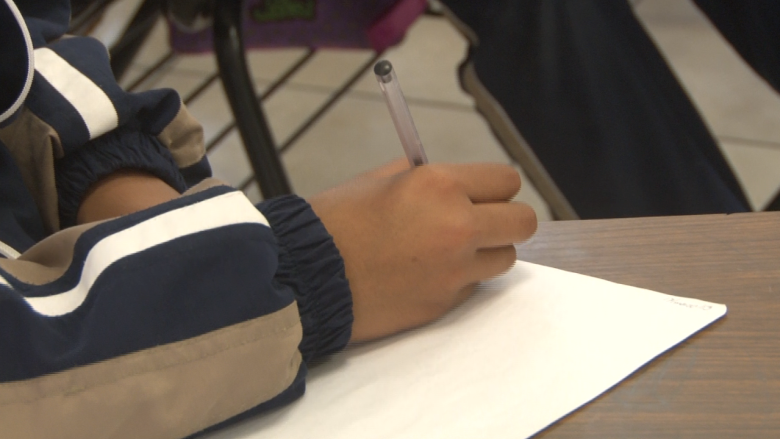It is a fact that young people who complete high school earn better salaries than those who do not. So how is it that even when they are aware of the advantages of finishing school, students who want to drop out do so without giving it a second thought?
This question was the focus of a recent study in Mexico. But first a brief introduction:
Of every 10 Mexican students who enter upper secondary school (the phase before the university, equivalent to the bachillerato in Spain), only six complete their studies. Most young people drop out during the first year. Although girls perform at least as well as boys throughout primary and lower secondary education in math, they fall dramatically behind boys in 12th grade math scores.
Part of the problem is that students do not have accurate information about the potential monetary benefits of completing high school, according to Rafael de Hoyos, a World Bank economist and co-author of the study (i) cited.
According to recent data, when asked how much they thought they would earn with a high school degree, boys underestimated the amount by 25% and girls by 35%.
The experiment
A randomly selected group of 10th-grade students from different schools in Mexico were given the following information, which was gender-specific: a woman who finishes upper secondary school earns an average of nearly US$ 100 more per month than one who completes only the 9th grade. This difference equals nearly US$ 48,000 during an individual’s working life (from 25 to 45 years old).
Three years later, researchers measured the graduation and academic performance rates of students. The results showed that the information did not have a significant impact on graduation rates for upper secondary school, which was nearly equal for the treatment and control groups. However, academic performance did improve, particularly in girls’ math scores.
“Both boys and girls in the treatment group increased their expectations with respect to salaries of high school graduates; however, only the girls increased their efforts as a result of this information,” said Ciro Avitabile, an education specialist at the World Bank, another author of the study.
One possible explanation is that “when deciding on the level of effort they will make, girls place more value on the future benefits associated with this effort than boys do,” said Avitabile. In effect, as a result of the information, a large share of the high school girls changed their areas of specialization to ones that had a greater math component.
Another salient result of the study was that the information had an increased impact on young people from relatively high-income households. “Young people from families with low and high incomes worked harder (particularly the girls), but it seems that only those with good initial conditions could transform this increased effort into better results,” said de Hoyos.
Information alone is not enough
According to the experts, the results demonstrate that this information cannot be the only strategy for reducing high school drop-out rates in Mexico, “and it is insufficient for improving the performance of young people from disadvantaged households,” said de Hoyos.
However, it does have an effect on the performance of some students, particularly girls, and it costs practically nothing to implement.
“Information on the benefits of education can help many adolescents in Mexico to envision a future different from the traditional stereotypes,” said Avitabile, “and to give more weight to the implications that their educational decisions will have on their future employment.”
Having more women who study math and who improve their academic performance could produce a long-term impact, and could even contribute to closing the gender wage gap. In Mexico, this gap averages 15.43%, according to the OECD. In other words, Mexican women earn 15.43% less than their male counterparts, on average. This percentage is higher than that of Spain, but lower than that of Switzerland and Germany, according to the OECD.
The effect of the information depends on the context: the World Bank study cites examples from the Dominican Republic and Madagascar, where information on education returns had a significant impact on permanence in school, unlike in the United States, China and Mexico, where it had practically no effect on staying in school.
In low-income countries, providing information on education returns may be sufficient to persuade students at risk of dropping out to continue their education, according to de Hoyos.
“But in middle- and high-income countries, the increased probability of finding paid employment can motivate students to drop out of school, regardless of the information they have,” said the expert.

